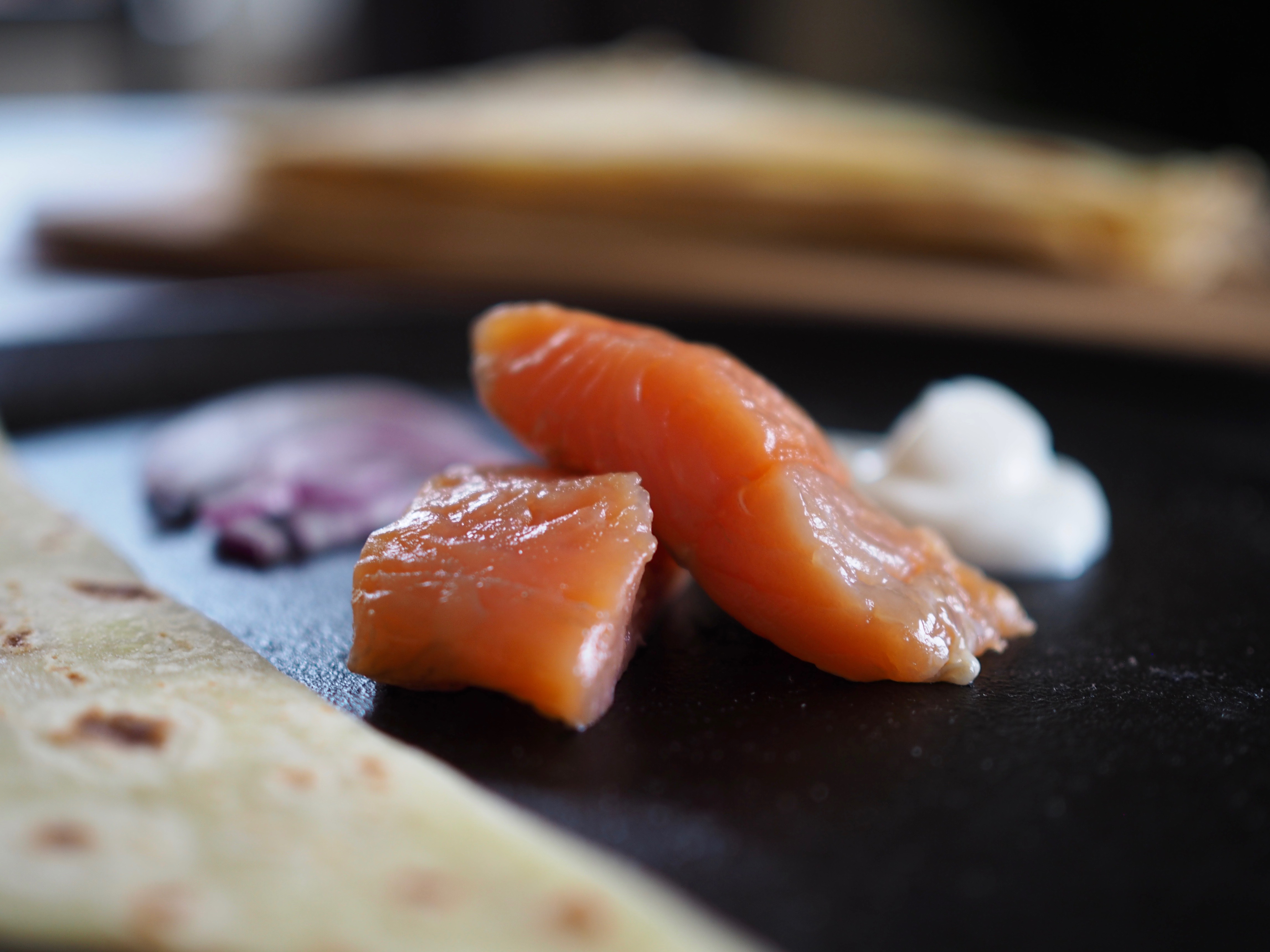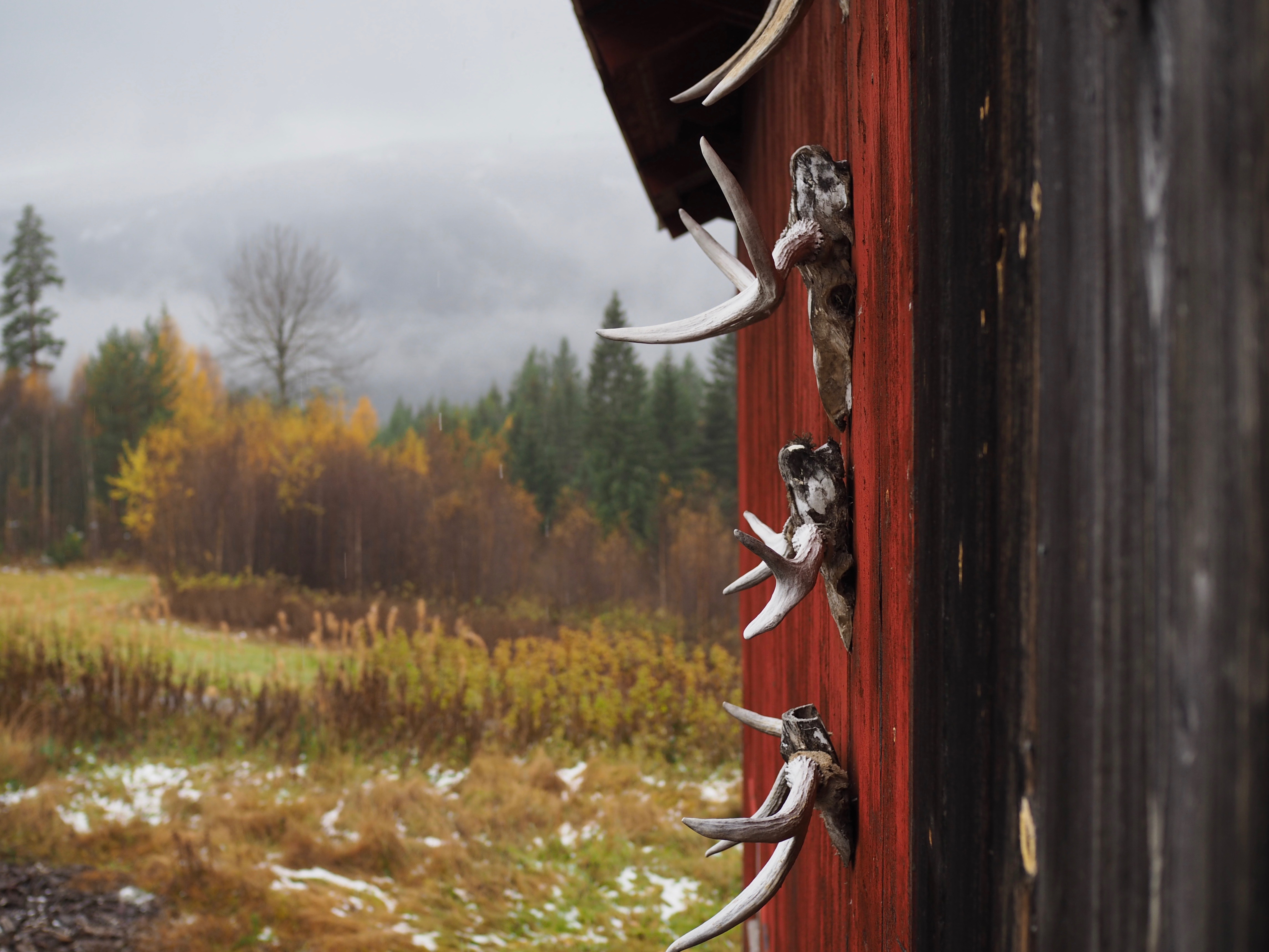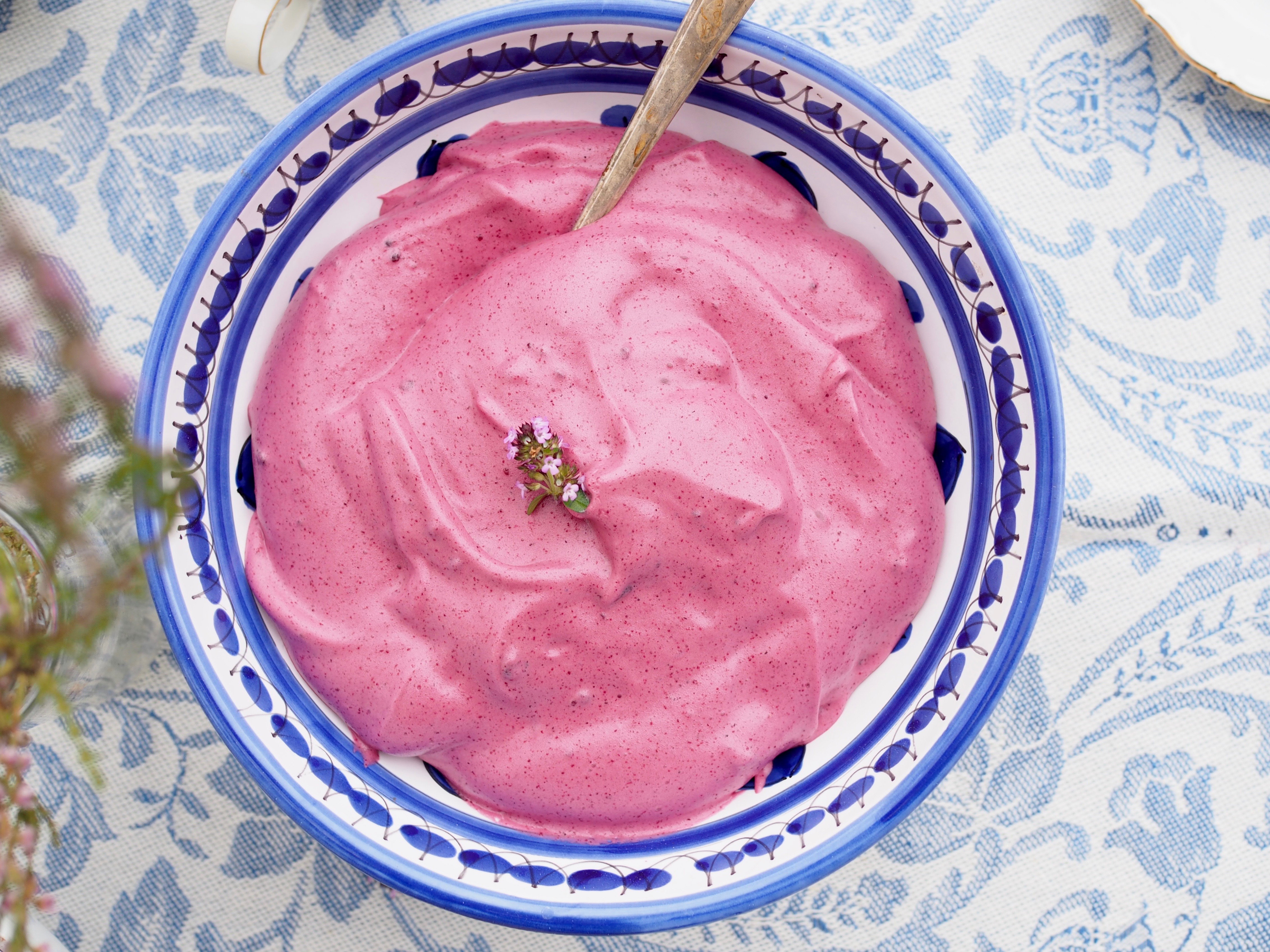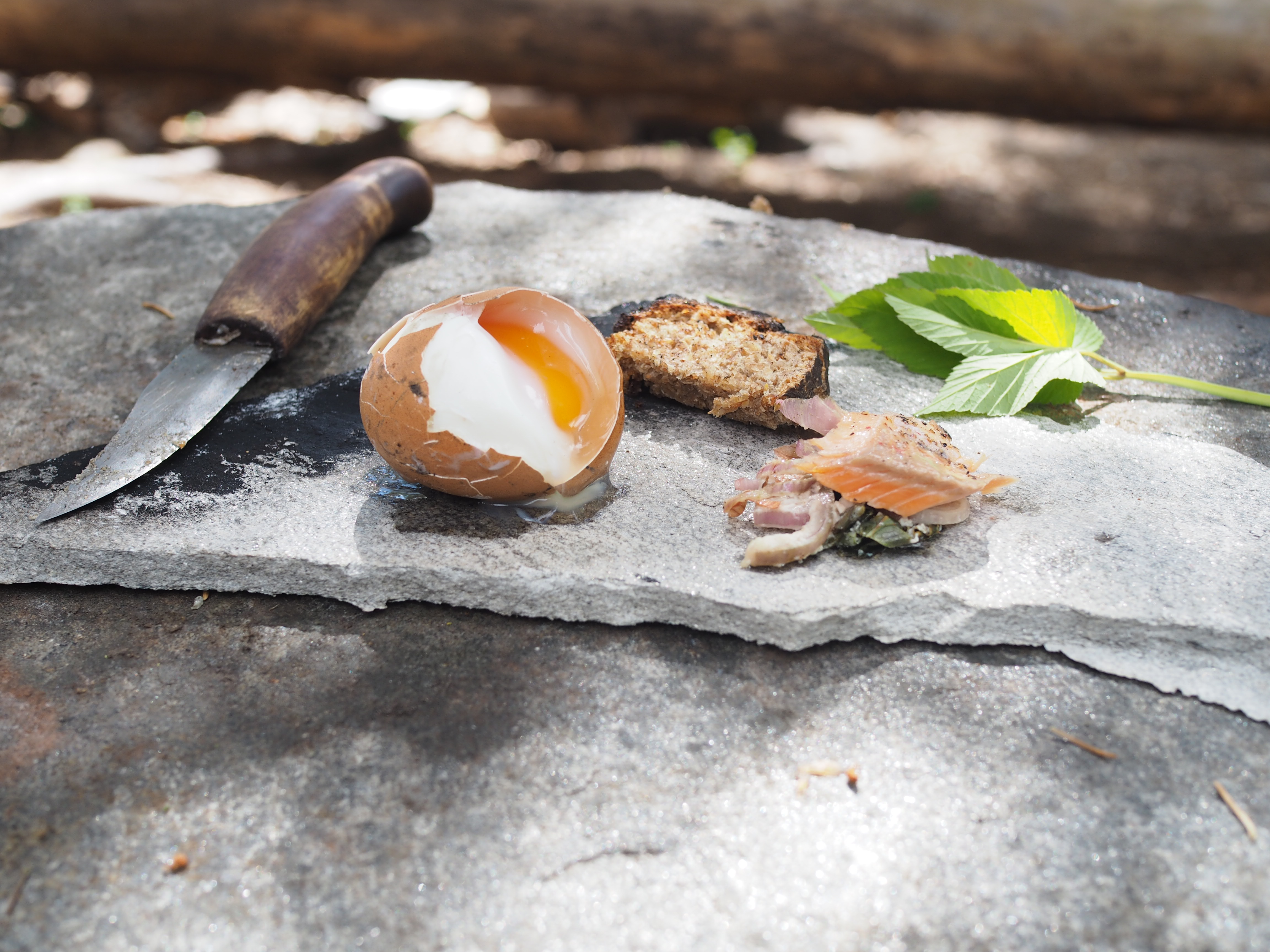

Centuries ago, a group of fishermen mounted their horses early in the autumn and began their trek deep into the mountains of Norway. Lakes abounding, the fishermen spent their days in much success. Preservation of the bounty would have included much salt, but to their dismay they had not brought enough on this journey. They used all they had with nothing left to spare. They began their long journey back down the mountain in the hope that the fish would still be preserved. Days turned into weeks and the fish began to ferment. Upon returning home, and in anticipation that the fish had not gone to waste, the fisherman discovered something quite unusual. The fish had gone through a process in which had preserved it in a different way. They had stumbled upon something so delightful that it took hold and became a traditional delicacy across the land.
This is the story I am told when asked how rakfisk came to be. A legend? Most certainly. But what we do know is that the process of fermentation has been known and popular across the world for thousands of years. Whether tales of accidental fermentation are true or not, is it certain that once the method of fermenting fish arrived in Norway, it became a significant part of the diet and an old tradition which is still upheld today. In fact, rakfisk is considered one of the most culturally important and iconic Norwegian recipes. And while many will never have the opportunity to make it themselves, this is certainly a dish you should try at least once. (more…)



 Following on from my story about
Following on from my story about 

 The tree branch cracks as my shoe presses firmly against it, pushing it deeper into the forest floor. The noise, though quick to pass, makes me hold my breath as I freeze every part of myself in anticipation of whether that one step will be enough to grab the attention of the mighty elg, moose, as it stands firmly planted atop the mossy floor. Movements must be feather-like and graceful. The silence and passage of time evoke a sense of kinship with the animal. Nothing is rushed. Nothing is taken for granted. This is a journey. And this journey begins long before such an encounter.
The tree branch cracks as my shoe presses firmly against it, pushing it deeper into the forest floor. The noise, though quick to pass, makes me hold my breath as I freeze every part of myself in anticipation of whether that one step will be enough to grab the attention of the mighty elg, moose, as it stands firmly planted atop the mossy floor. Movements must be feather-like and graceful. The silence and passage of time evoke a sense of kinship with the animal. Nothing is rushed. Nothing is taken for granted. This is a journey. And this journey begins long before such an encounter.



 Some days need a little nostalgia to brighten up the table and connect us to another time and place. Or perhaps we just need days to remind us that the table is an evolutionary setting, changing and ever expanding. Sometimes dishes get forgotten or dismissed. Sometimes they remain. I suppose the outcome of any dish is left up to the one in the kitchen.
Some days need a little nostalgia to brighten up the table and connect us to another time and place. Or perhaps we just need days to remind us that the table is an evolutionary setting, changing and ever expanding. Sometimes dishes get forgotten or dismissed. Sometimes they remain. I suppose the outcome of any dish is left up to the one in the kitchen. 







